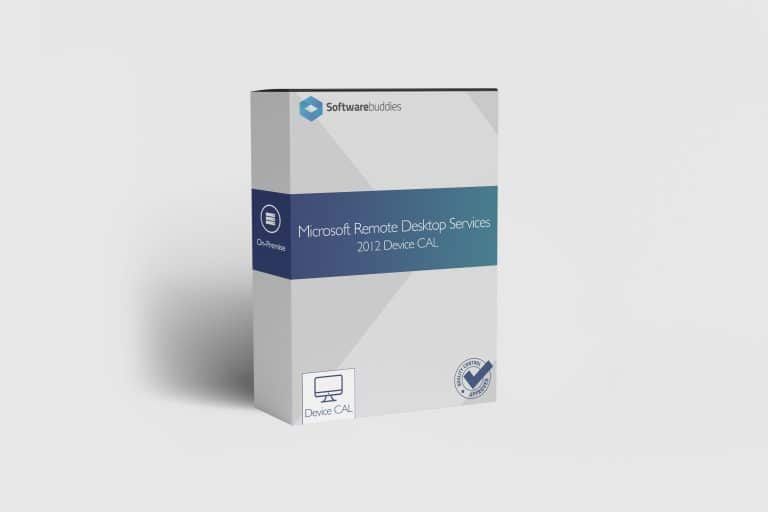

- #WINDOWS SERVER 2012 REMOTE DESKTOP SERVICES DEVICE CAL ANDROID#
- #WINDOWS SERVER 2012 REMOTE DESKTOP SERVICES DEVICE CAL PC#
And, finally, RDS can deliver a Windows desktop environment to any machine that supports the Remote Desktop Protocol (RDP) regardless of operating system, including iOS, Chromebook, and Android devices. That allows for more consistency and ease of configuration.

Remote Desktop Services also gives organizations more curation and control over the computing session itself, as nothing is stored on the user’s computer. Plus, they minimize some of the financial toll of user-caused damage. Lower-spec’d machines can save IT departments a lot of money on procurement. Because the remote client is more or less an interactive window onto that server-hosted computing session, it doesn’t have to be an expensive, cutting-edge powerhouse. The great thing about RDS is that all the heavy lifting is done by the Microsoft Windows server.

#WINDOWS SERVER 2012 REMOTE DESKTOP SERVICES DEVICE CAL PC#
At the risk of oversimplification, you can think of it like a monitor and keyboard attached to a PC located miles and miles away. RDS is a thin-client architecture, which, in a nutshell, means that the end user’s computer functions as an input device and the actual computing session is hosted by a remote desktop license server to which that computer is connected. Microsoft Remote Desktop Services is an established Microsoft technology that has existed since the late 1990s, back when it was known as Terminal Services (terminal server). If your organization is looking to support remote workers or off-network employees, you might be considering Remote Desktop Services (RDS).


 0 kommentar(er)
0 kommentar(er)
